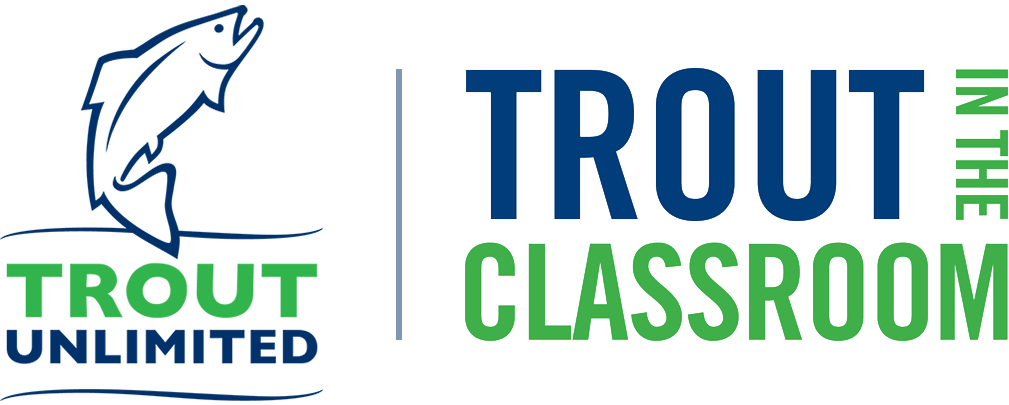- Designed for the NYC and NYC Watersheds TIC Program
- Presented at the 2009 NY Fall TIC Conference
- Conceived and written by Janine Guadagno, TIC teacher
- First example by Tom Lewoc, TIC teacher
- Second example by Nick Gastelecutto, TIC teacher
Objective: #
Through these lessons, students will understand how plants and animals work together in an ecosystem to provide nutrients and dispose of waste. In particular students will be able the monitor the ammonia/nitrogen cycle.
Background: #
The clean, cold, fresh water streams in New York City are an excellent ecosystem for many different species including trout. These streams however have limits to the amounts of waste and uses it can support before the system is overloaded. By creating a similar ecosystem using the trout tank and hydroponics, students will see that natural ecosystems, if monitored, can support many diverse uses.
Materials: #
- Green and yellow post-it notes
- Drawing of a stream
- TIC tank
- UV light
- Plant seeds
- Styrofoam board
- Nitrogen (ammonia, nitrate, nitrite) testing kits.
Procedure: #
1. Draw a picture of a mountain stream on the Board. Provide each student group two sets of colored post-it notes. Ask them to put down name of things that are living (biotic) on the green notes and names of things that are nonliving (abiotic) on the yellow notes. Invite the students to come and place the notes on the drawing of the stream and discuss why they think it is found in this ecosystem. If needed prompt the students to place wastes – both natural (ammonia) and other on the board. Identify how the nitrogen cycle uses aquatic organism waste to feed the plants.
2. Set-up the trout tank and begin monitoring the ammonia levels. As the levels begin to rise and the pH begins to drop, discuss how the natural stream system would handle the waste. There is some flushing (simulated by water changes) but plants are the natural recyclers of the ammonia. Have the students research the nitrogen cycle and identify how it could be simulated in the trout tank.
3. Have the student research plants that could be grown hydroponically in the tank conditions – temp will be a limiting factor as well as light. Purchase an overhead UV light to add light to the tank unless it is directly in front of a large window.
4. Cut a piece of Styrofoam to fit the top of the tank and float just inside. Cut small plugs out of the Styrofoam and insert aquaplugs into each. Drop in the seed (lettuce works best), provide light and let the plants grow.
5. Continue to monitor the tank pH and ammonia and measure the impact the plants make as they grow.
Wrap-Up: #
Research the benefits of aquatic plants and their impact on the global ecosystem.
To see examples of how some teachers have developed hydroponics, access the TIC Hydroponics Examples pdf





